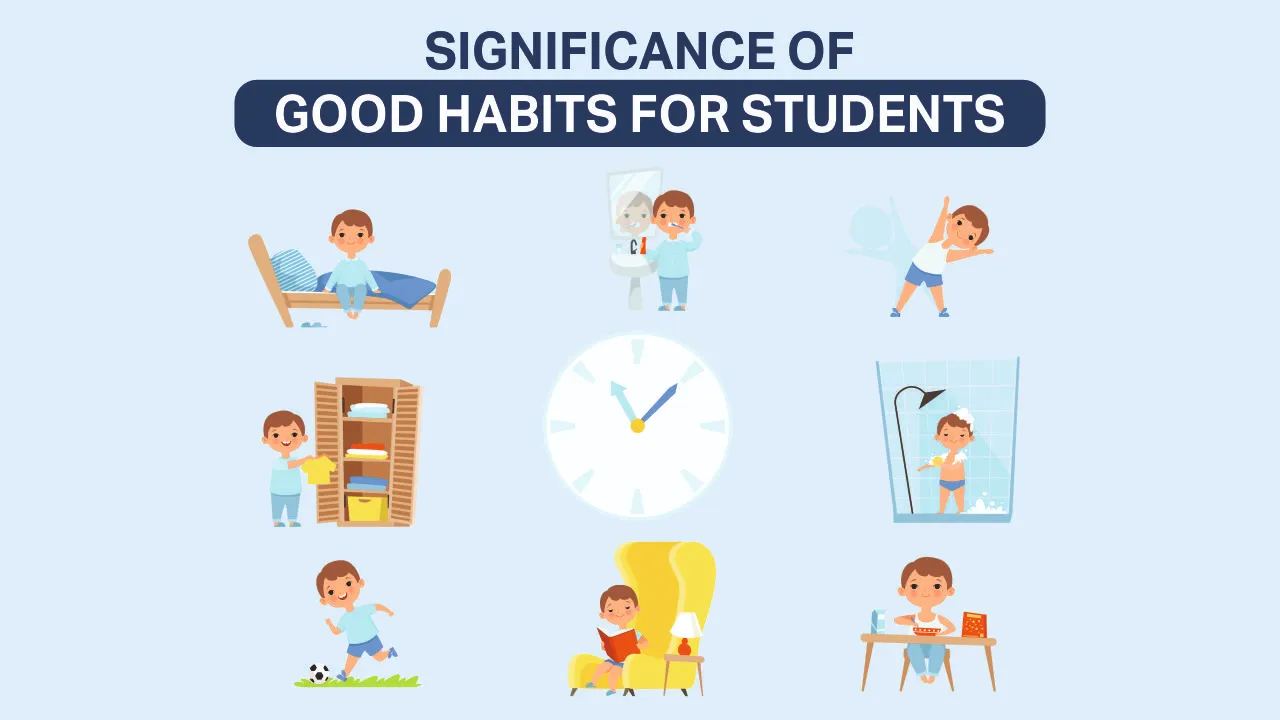Grading System In CBSE Class 10: A Comprehensive Guide
The Central Board of Secondary Education (CBSE) in India has implemented a comprehensive and student-friendly grading system for Class 10 students. This system is designed to assess a student’s performance with an emphasis on a variety of skills and competencies rather than just theoretical knowledge. In this blog, we will delve into the intricacies of the grading system in CBSE class 10 and how it impacts student assessment.
CBSE Grading System Class 10
The CBSE grading system for Class 10 is a relative grading system based on the performance of students in the summative assessments. The main objective is to reduce the academic pressure and make the evaluation process more holistic and stress-free.
Understanding the Grades
Here’s a quick guide to understanding the CBSE grading system class 10:
| Mark Range | Grade | Remarks |
| 91-100 marks | A1 | Outstanding |
| 81-90 marks | A2 | Excellent |
| 71-80 marks | B1 | Very Good |
| 61-70 marks | B2 | Good |
| 51-60 marks | C1 | Above Average |
| 41-50 marks | C2 | Average |
| 33-40 marks | D | Pass |
| E1 and E2 | Below 33 marks | Needs Improvement |
Key Features of the Grading System
Continuous and Comprehensive Evaluation (CCE): This is a major aspect of the grading system in CBSE class 10, focusing on the continuous assessment of a student’s understanding and skills throughout the year, not just their performance in the final exams.
Holistic Approach: The system encourages a holistic approach to education, focusing on academics and co-curricular activities like sports, arts, and community service.
Formative and Summative Assessments: The evaluation is split into Formative Assessments (FA) and Summative Assessments (SA). FAs are conducted throughout the year and include quizzes, projects, assignments, and oral tests. SAs are the year-end exams.
Grade Point Average (GPA): The GPA is calculated based on the student’s performance in both FAs and SAs, providing a comprehensive view of their academic abilities.
Benefits of the CBSE grading system Class 10
Reduction of Exam Stress: By focusing on continuous assessment, the grading system reduces the stress and pressure associated with final exams.
Balanced Evaluation: The system ensures a more balanced evaluation of a student’s abilities, encompassing both academic and non-academic areas.
Motivation for Students: The grading system encourages students to improve by providing them with a clear understanding of their strengths and areas for improvement.
Elimination of Unhealthy Competition: The absence of marks reduces unhealthy competition among students, fostering a more collaborative learning environment.
Conclusion
The CBSE grading system class 10 marks a significant shift in the Indian education system, focusing on comprehensive and continuous evaluation. It aims to nurture students in a more rounded and less pressured environment, preparing them not just for exams but for life. This system not only assesses the academic knowledge of a student but also their practical skills, making education more dynamic and comprehensive.





